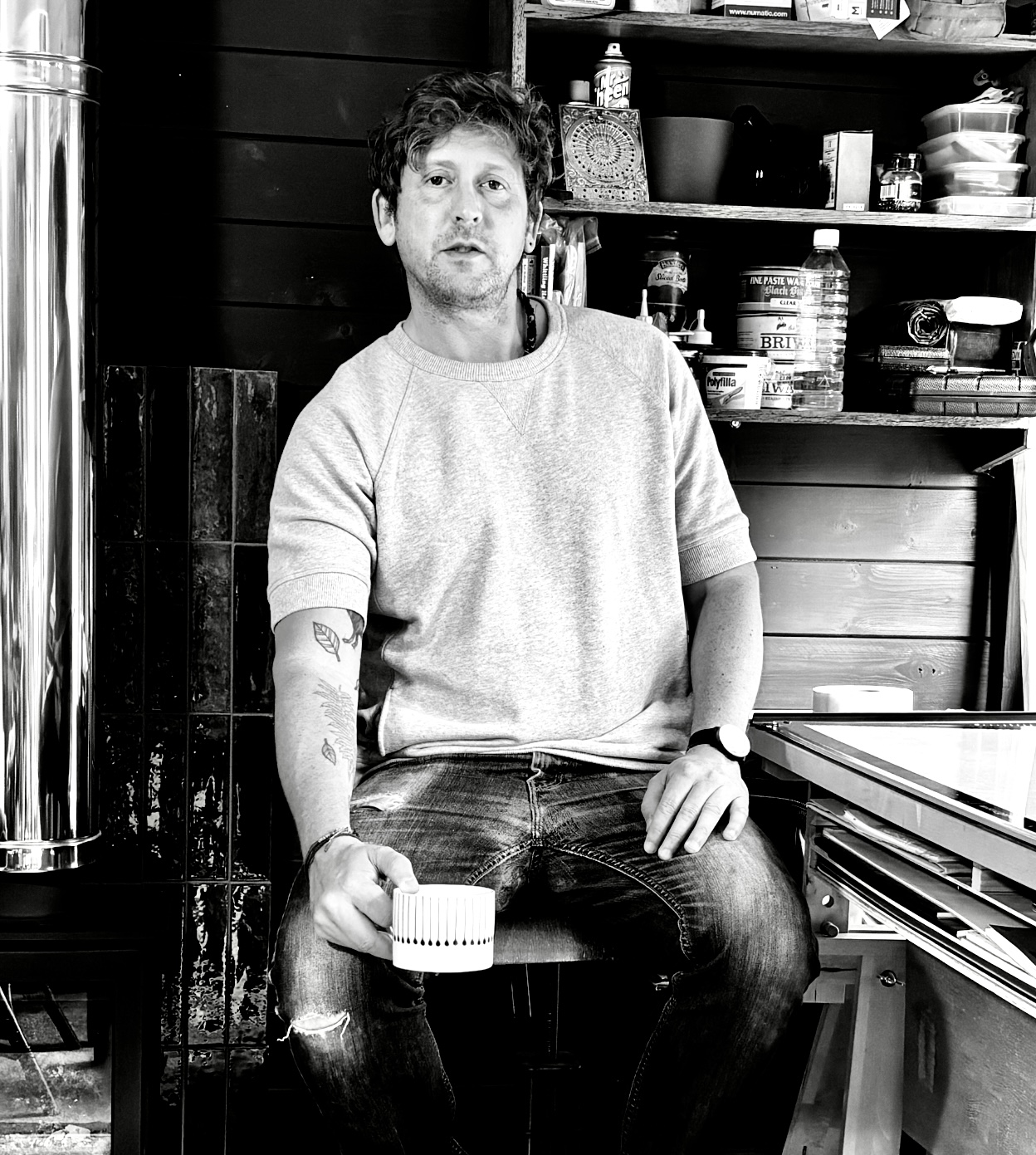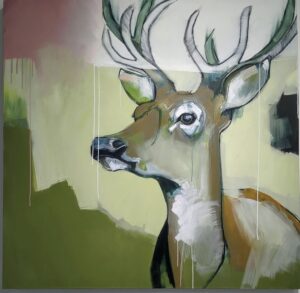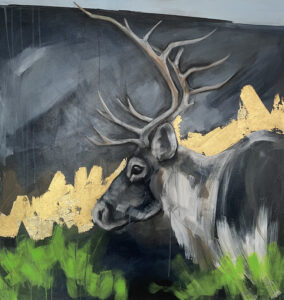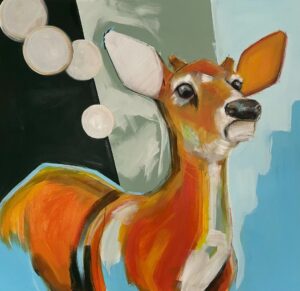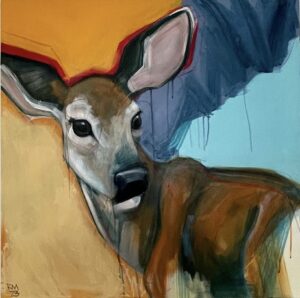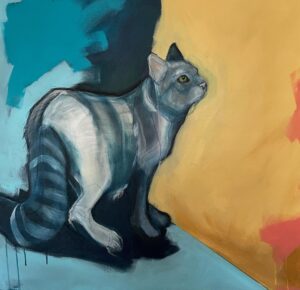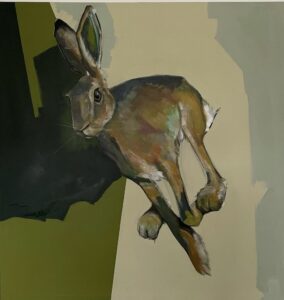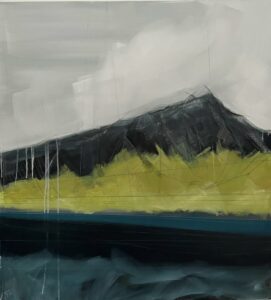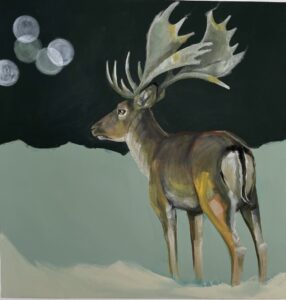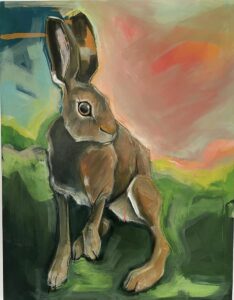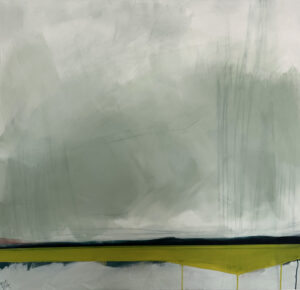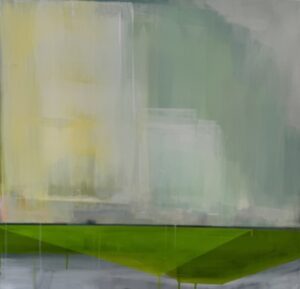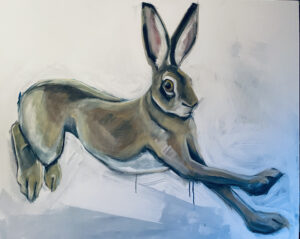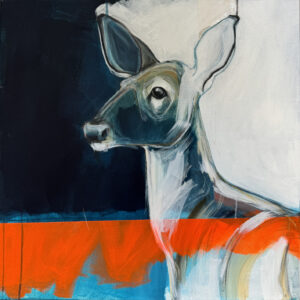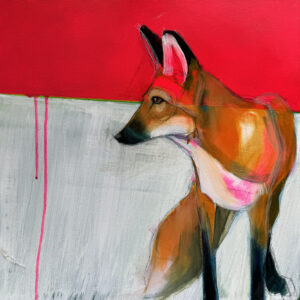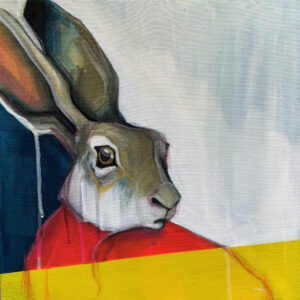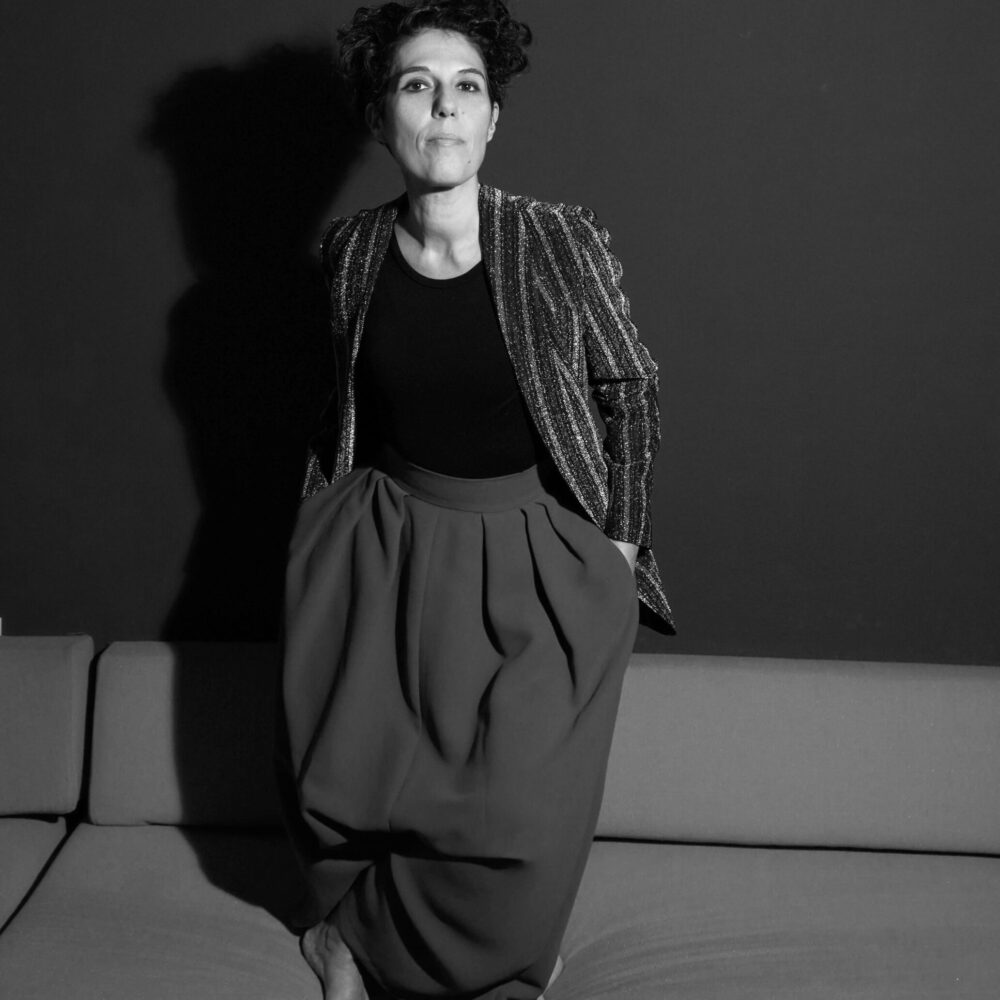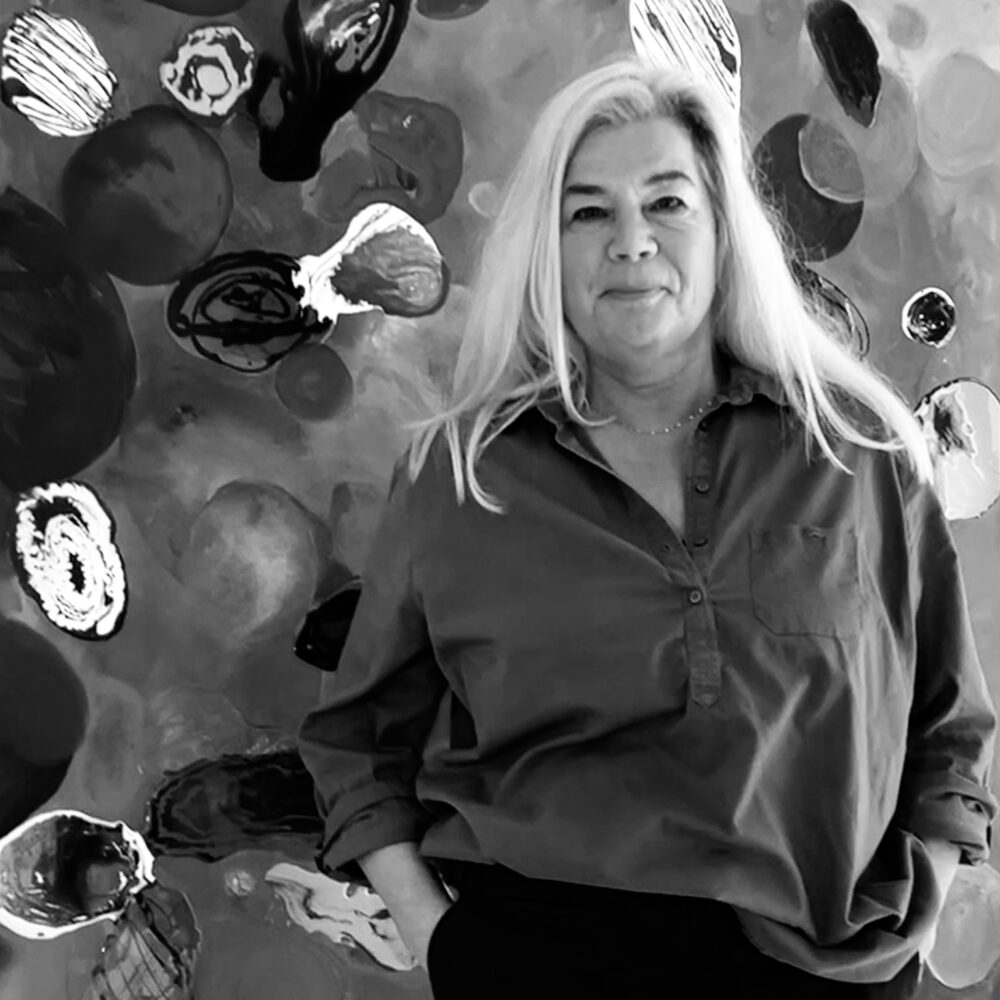Description
Hailing from the rich, textured landscapes of Northern England, Richard Mynett has harbored a deeply rooted passion for art since his childhood. With a degree in Fine Art from the University of Lincolnshire and Humberside and further qualifications from DeMontfort University, Mynett's art has evolved into an expressive, abstract style of painting and drawing, focusing on landscapes and the natural world. Deeply anchored in the figurative tradition, his work explores the relationship between humans and the environment, often challenging the prevailing perceptions of our landscapes and fellow creatures. He employs a free, expressive technique, using color to accentuate forms and questioning the boundaries between painting and drawing. His style is characterized by an intense use of colors and forms that enhance both the physical presence and the emotional resonance of the depicted scenes. Mynett's approach to art is a complex interplay of narration and form, where old stories from folklore and mythology are reborn through vivid, figurative expression. His paintings are immersive experiences, where each brushstroke and color splash on the canvas tells a story and captures fleeting moments of emotion and transformation. He enjoys the process of creation, leaving drips, lines, and layers of his compositions visible, with each mark bearing witness to the journey of the artwork. A central element in Mynett's work is "Mark Making," which refers to the various ways he leaves traces on the canvas—from forceful brushstrokes to fine lines drawn with chalk or charcoal. This technique brings texture and depth to his images, often telling the story of their own creation. The visible layers and drips in his works serve to document the creative process and the development of the artwork. The choice of colors is not random but is intended to enhance the symbolic meanings that permeate his themes of nature and humanity. At the core of Mynett's work is the exploration of moments charged with quiet tension—scenes that capture the climax of events that are about to unfold. His art balances between the representational and the mystical, drawing viewers into landscapes filled with impending narratives. Inspired by the natural world, his motif and color choices reflect a lifelong fascination with the wilderness, depicted in a palette that mimics the earth's own tones. His works often provide a critical examination of our environment and how we see it as a resource to be used and controlled. Mynett challenges this perspective by presenting nature not as a peripheral element but as a central one, full of life and significance. His works are marked by a deep appreciation and almost philosophical reflection on nature and its relationship to humans. Mynett's artistic expression is influenced by a variety of renowned artists. The minimalist serenity of Agnes Martin, the passionate strokes of Willem De Kooning, the emotional color fields of Mark Rothko, and the disturbing installations of Joseph Beuys shape his style and methodology. Figures like Francis Bacon and Paula Rego inspire the narrative aspects of his work, while the abstract expressions of Bridget Riley and Barnett Newman shape his use of space and color. Each of his works carries an emotional depth that invites the viewer to contemplate the relationship between humans and nature. These works are not only visually appealing but also intellectually stimulating, addressing complex issues such as time, memory, and human existence. His approach offers a fresh and often provocative perspective on traditional themes and techniques, making him a remarkable artist in the contemporary art scene. Mynett's work continues to captivate and inspire in the European and American art scenes. Through his paintings, Richard Mynett offers not just a visual exploration of place and time but also invites us to reflect on our own place in the continuum of the stories and landscapes he depicts. His art remains a dynamic invitation to explore the layers of human experience through the powerful medium of painting.

